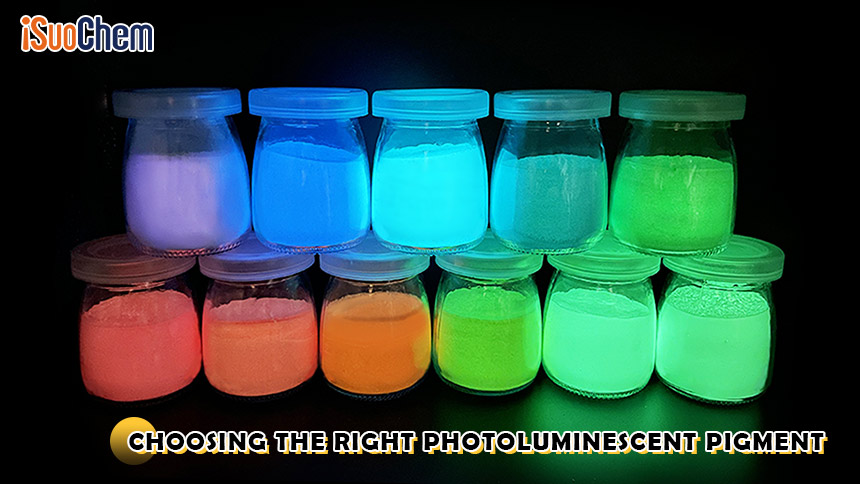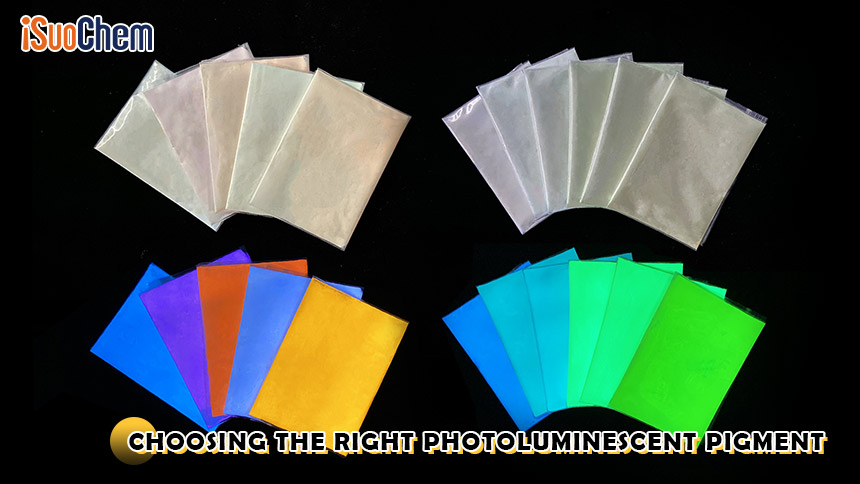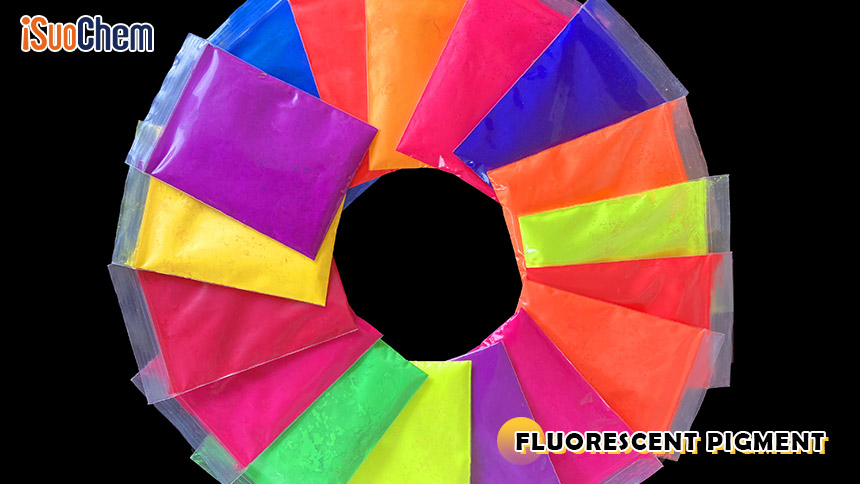Choosing the Right Photoluminescent Pigment from iSuoChem
09 May 2024
Photoluminescent pigments, often referred to as glow-in-the-dark pigments, are a fascinating class of materials that emit light after being exposed to a light source. Unlike traditional pigments that reflect or absorb light, photoluminescent pigments absorb and store energy from various light sources, then release it gradually in the form of visible light. This unique property makes them ideal for a wide range of applications, from safety signage to decorative elements in art and design.
What is Photoluminescent Pigment?
At their core, photoluminescent pigments are composed of compounds that exhibit luminescence when excited by light. The most common types of photoluminescent pigments include strontium aluminate and zinc sulfide, each offering distinct characteristics and performance qualities.
1. Strontium Aluminate: This type of photoluminescent pigment is known for its long-lasting glow and high luminosity. It absorbs energy from natural or artificial light sources and emits a bright glow in the dark for an extended period.

2. Zinc Sulfide: Another widely used photoluminescent pigment, zinc sulfide, offers a more economical option while still providing a noticeable glow. However, its luminosity and duration may be shorter compared to strontium aluminate.
Mechanism of Action
The luminescent properties of photoluminescent pigments arise from a phenomenon known as photoluminescence. When these pigments are exposed to light, electrons within their atomic structure become excited, moving to higher energy levels. As these electrons return to their original energy states, they emit photons of light, resulting in the characteristic glow.
Differentiation from Other Luminescent Materials
While photoluminescent pigments share similarities with phosphorescent and fluorescent materials, they exhibit distinct behaviors:

1. Phosphorescent Materials: Phosphorescent materials also emit light after exposure to a light source, but they continue to glow for an extended period even after the light source is removed. In contrast, photoluminescent pigments require continuous exposure to light to maintain their glow.

2. Fluorescent Materials: Fluorescent pigments absorb light of a specific wavelength and immediately re-emit it at a longer wavelength, producing a vibrant glow. However, their emission ceases as soon as the light source is removed.
Importance of Selecting the Right Photoluminescent Pigment
Choosing the appropriate photoluminescent pigment is crucial for ensuring optimal performance and longevity in various applications. Factors such as color, luminosity, duration of glow, and environmental conditions must be carefully considered to achieve the desired outcome.
For further reading on the science behind photoluminescent materials, you may explore the American Chemical Society's comprehensive guide on luminescence.


